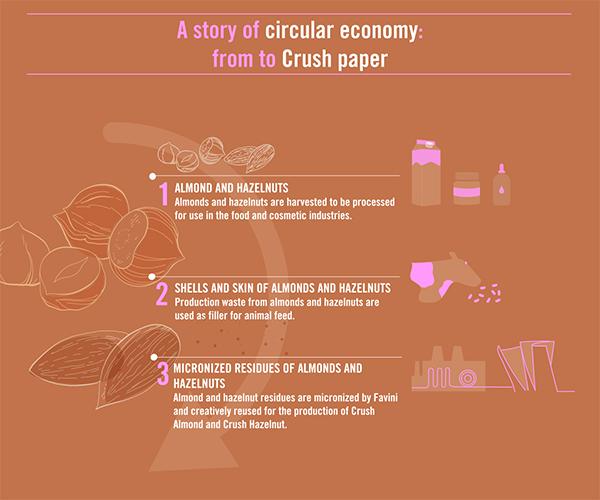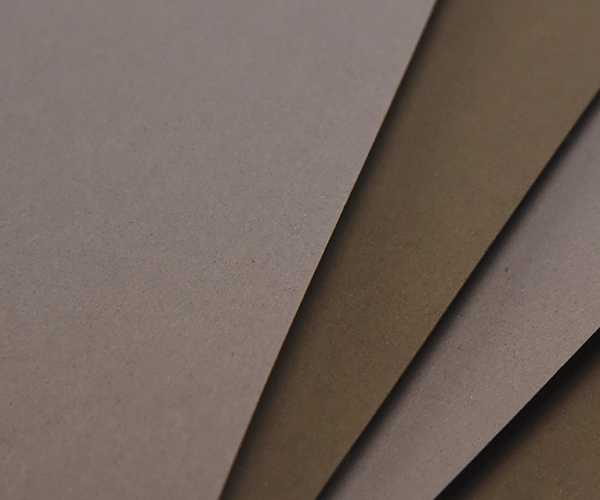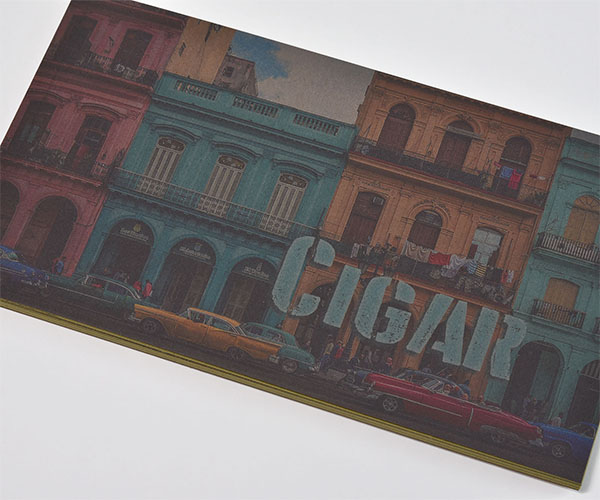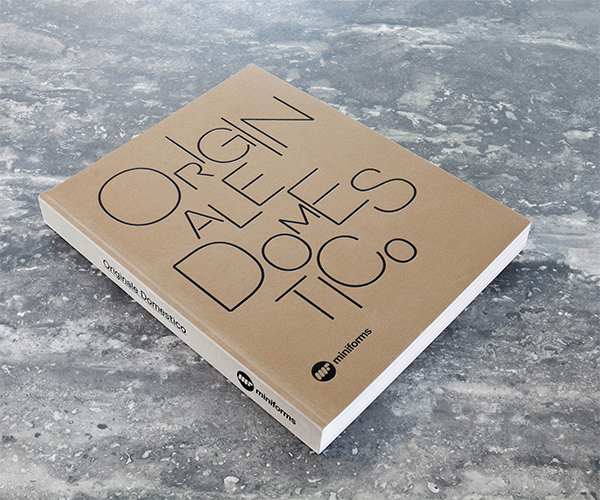After discovering the life cycle of some of Crush’s alternative ingredients – citrus fruits, coffee, lavender, cherry, corn, and grapes – we now tell the journey of the creative reuse of almonds and hazelnuts for the production of the ecological Crush paper of Favini.
Once a month in our column about the Crush Story we explain the life cycle of the agri-industrial by-products that are used in a circular economy perspective to produce Crush. This chapter will reveal how we make paper from almonds and hazelnuts.
According to Coldiretti, about 300 thousand tonnes of nuts are harvested per year in Italy, including hazelnuts and almonds. [1]
Italy is one of the world’s largest hazelnut producers, and between 2010 and 2018 the hazelnut-growing areas in Italy grew by almost 20%. Production increased from around 940,000 quintals to 1330,000 Q (+ 41%). [2]
Why not use this plentiful resource to produce an eco-friendly paper by enhancing production waste?
Amongst the different uses of almonds, from nutrition to cosmetics, a very special one was developed by Favini: Micronized residues of these almonds, as well as hazelnuts, are used to replace 15% virgin cellulose to produce paper in accordance with circular economy principles.
Let’s find out the life cycle of these nuts, including the making of Crush Almond and Crush Hazelnut papers.
Crush Hazelnut and Almond: Circular economy case histories, from nuts into eco-sustainable paper

Nuts are usually harvested and shelled before use in the food industry for consumption as nut kernels. It is also possible to obtain also excellent derivative products: Vegetable milk, such as almond milk and hazelnut milk; almond oil and hazelnut oil; hazelnut-based spreads; almond and hazelnut flour; in addition to marzipan and almond or hazelnut pastes.
In the cosmetic sector, hazelnuts and almonds are used for their natural properties. In particular almond oil is appreciated for its emollient properties and is used in skin and hair care, whilst hazelnut oil is used as a natural product for facial cleansing.
The residues of these industrial processes – shells and skin of almonds and hazelnuts – are normally used as filler for animal feed and so ends their life cycle.
Favini has found a way to transform this waste into a precious renewable and natural resource and introduce it into the paper production cycle, so following the logic of the circular economy.
The micronized residues of by-products from almond and hazelnut processing are taken by Favini who then elevates them from a waste material into a valuable raw resource for the production of high quality ecological papers Crush Almond and Hazelnut Crush paper.
Thanks to this innovative process developed by Favini, micronized material is added to the mix of ingredients for paper production, to replace 15% virgin tree cellulose.

Crush Story continues: Eco-friendly and recyclable papers for creative and design projects
At this point, waste skins and shells gain a different value and new life by entering into the paper supply chain, where, thanks to the applications made with Crush eco-friendly paper, they will be recycled onwards to produce more paper.
Crush is the ideal medium to create varied applications, such as packaging and design catalogues, coordinated brand imagery, notebooks and other creative projects that will continue their life in successive production cycles according to a circular economy model.

The catalogue cover for the Cigar pen by Montegrappa was printed on the ecological paper obtained with hazelnut processing residues, Crush Hazelnut.

The cover of the Miniforms catalogue is made with the ecological paper Crush Hazelnut.
For more inspiration on Crush to produce your own creative projects see Crush’s Pinterest board.
Have you used our ecological Crush paper and would you like to share the result on our social media feed? Contact us at [email protected] with your piece of circular economy history.
Continue to follow the Crush Story:
- From citrus fruit to paper
- From bean to Crush Coffee
- From flower to Crush Lavender
- From cherry tree to Crush Cherry paper
- From corn crop to Crush paper
- From vineyard to Crush Grape
- From field to Crush Barley
- From kiwi fruit to the ecological paper Crush
- From olive grove to the ecological paper Crush
- From the bean to Crush Cocoa
- From coconut to paper
Click to discover all about Crush and ask for swatch.
[1] https://www.coldiretti.it/economia/consumi-10-boom-noci-pistacchi-mandorle
[2] https://www.nocciolare.it/ultime-notizie/nocciole-in-italia-aumenta-la-superficie-coltivata


